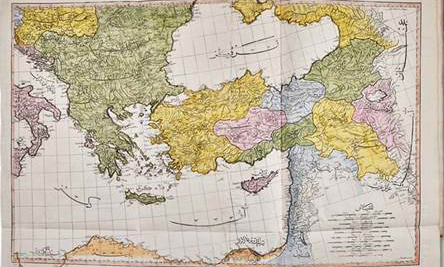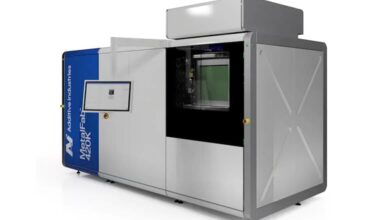First Atlas Ever Printed In the Islamic World Found at Weston

The first folio atlas ever printed in the Islamic world has been discovered in one of the nine attics at Weston Hall in Northamptonshire, home of the famous Sitwell family for more than 300 years. The exceptionally rare Ottoman atlas is by Mahmoud Raif Efendi and is titled Cedid Atlas Tercumesi (A translation of a New Atlas). It is one of only 50 ever produced and is one of several exciting discoveries made at the house, when specialists were brought in to catalogue the contents of the house, which will be offered in an extensive auction titled Weston Hall and the Sitwells: A Family Legacy at Dreweatts on Tuesday, November 16, 2021.
The maps are based on William Faden’s General Atlas and are accompanied by Raif’s geographical treatise. When it was produced, several copies were reserved for high-ranking officials and important institutions and this copy is thought, therefore to have been brought back to Britain by a Sitwell family member (General Lord Hely-Hutchinson, during his military campaigns in the Middle East). The remaining copies were partially destroyed in a warehouse fire during the Janissary revolt of 1807/8, during which Raif himself was killed. It is thought that a maximum of only 20 complete copies survive, which are held in institutional or private libraries.
This complete copy is a single volume and features a hand-coloured, engraved pictorial title with the tughra (monogram) of Sultan Selim III. The text is in Ottoman Turkish with 24 hand-coloured terrestrial maps, including two twin-hemispheres and one world, all double-page, with a plain celestial chart. It is stamped and dated 1804. It is estimated to fetch £20,000-£30,000 at auction.





